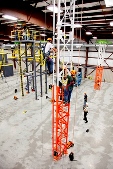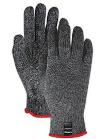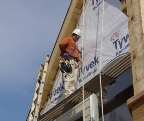
By David Lough
Each of these 10 elements of fall protection must be mastered by the end user.

By Tom Jacques
The GHS format is no panacea for comprehensive hazard communication, and several significant problems remain to be solved.

By Efi Vrshek
Today, engineered fibers and blends are the new standard in cut protection.

By Greg Slusser
Workplace AED response is quicker and more effective than waiting for EMS. Speed is the most important factor in saving the life of a sudden cardiac arrest victim.

By Jerry Laws
As the calendar turns to 2013, the outlook for wellness and safety incentives is bright, says Melissa Van Dyke, president of the Incentive Research Foundation.

By Bradley Evanoff, Vicki Kaskutas
Our new training curriculum for residential frame carpenters proved the skeptics wrong.
By Paul Alper
A lack of hand hygiene compliance is a major contributor to the high rates of health care-acquired infections in hospitals.
By Jerry Laws
When a worker is injured, his or her average time lost for recuperation is 24 days, according to OSHA.
By Robert Pater
You can simultaneously make a positive impact on several types of injuries with one unified strategy. No question, this is a higher-level leadership skill.